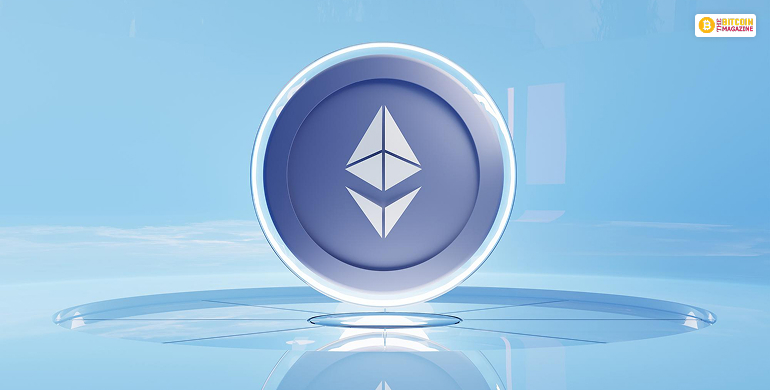ETH has finally developed its Pecctra upgrade. Pectra was finally released on May 7th, and the reactions to the event were overwhelming. ETH opened with $1,849 on the 7th and ended with $1,811, marking a 2% decline.
At press time, ETH is flaunting a price point of $1,936. Hence, there has been a small yet significant 5% gain compared to the May 7 opening.
Why Didn’t The Market Spur As Expected?
The macro headwinds can mainly be attributed to this stunted growth. The ongoing tariff war and recent international tensions subdued the projection that ETH was expecting after the launch of Pectra. Im terms of use growth, ETH didn’t perform at par with the other layer one tokens.
At the same time, ETH has also lagged behind the coins in the broader market. From 2023 to April 2025, ETH’s active addresses ranged from 400,000 to 600,000. The increase in active addresses was the primary indicator of network utility and growth in new users.
However, other coins excelled in this space if you are watching the market closely. Rivals like Tron gained around 2.5k new addresses through this span. Meanwhile, another token, Ton, gained around 3.6k additional addresses.
What Happened After The Pectra Upgrade?
The Pectra Upgrade brought meaningful developments. The blob fees have been lowered, and the wallets’ usability has improved. However, Pectra could not address the primary barrier to the growth of new users. Pectra could not bridge assets and data across the fragmented Layer 2 of ETH.
So far as Ethereum’s price is concerned, investors want a clear signal of growing user count. Instead, they are getting a TVL, which is still blocked. So, bridging will be pivotal for Pectra’s success in the future.

